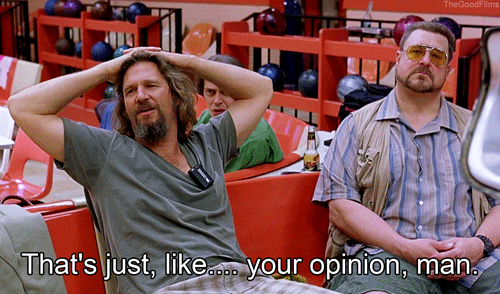Guess par is a one way street?
Your posts are too short and unclear for me to understand what you mean. I'd love some clarity so I can interact with you without feeling like we're heaving cannonballs over a fence at one another. Or maybe my original post wasn't as clear as I thought.
Do you mean to say that people who can throw for distance should have the same opportunity to get pars as people who can putt well? If so, I never suggested as much. I didn't say "A birdie should not include a putt," I said "an albatross should not include a putt."
If you meant to say something else, can you clarify?
To clarify my original post, my opinion is that, if someone can reach the putting area in X number of strokes, par should not be X + 4. I don't ascribe to the "strokes to reach the green + 2" rule, but I've never heard of anyone suggesting "strokes to reach the green + 3." "Strokes to reach the green + 4" is one step past absurd. An albatross should require two long distance throws (on a par 5) or one (on a par 4). It should not allow the opportunity for a putt.
To abstract from that, I was attempting to connote that par was set incorrectly on hole 13 no matter how you look at it. I'm not sure who set it, but I'm sure they had some reason behind making it a par 5. However, I don't think that reason was sufficiently critiqued (by them or by others). If we want to start talking about par in general though, that's a topic for another thread.
